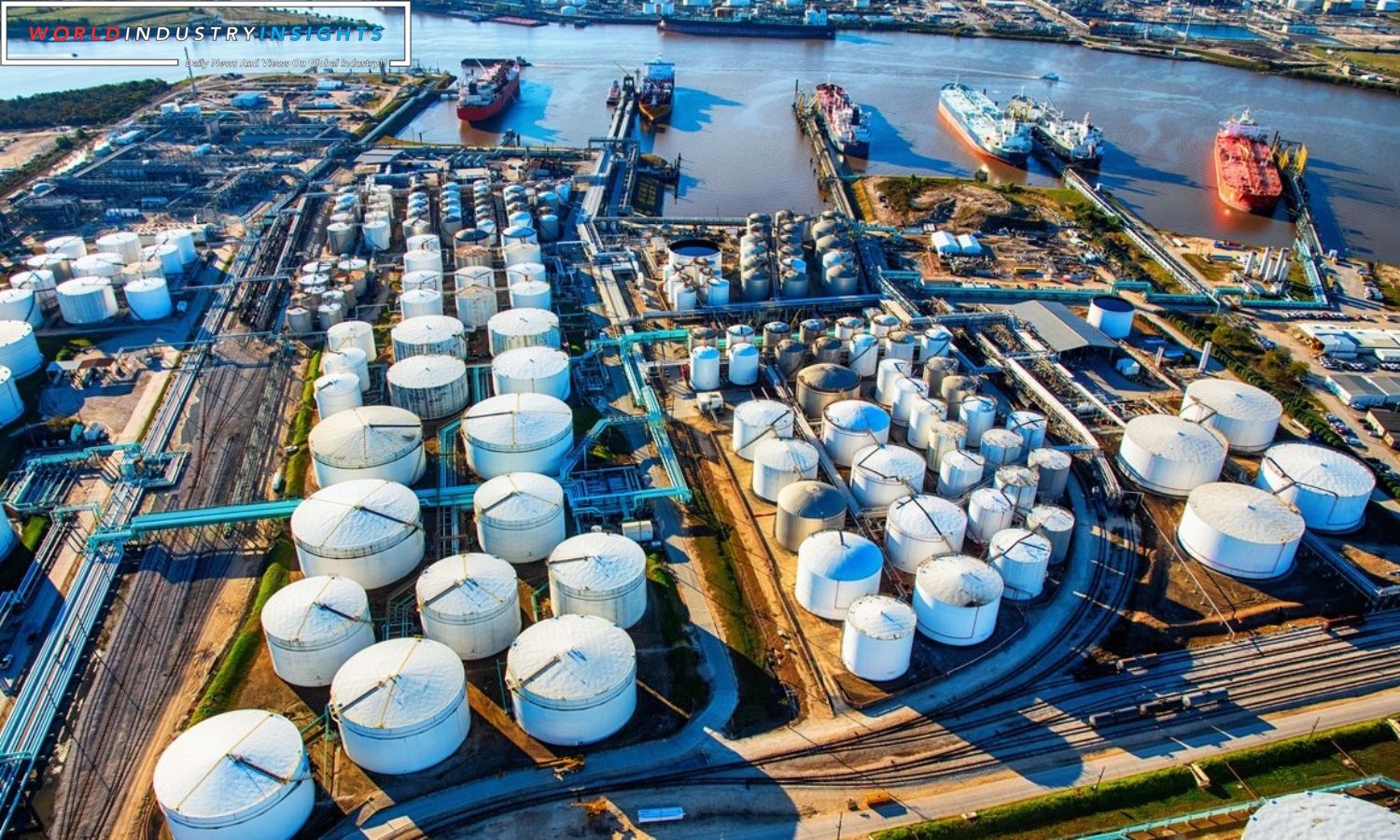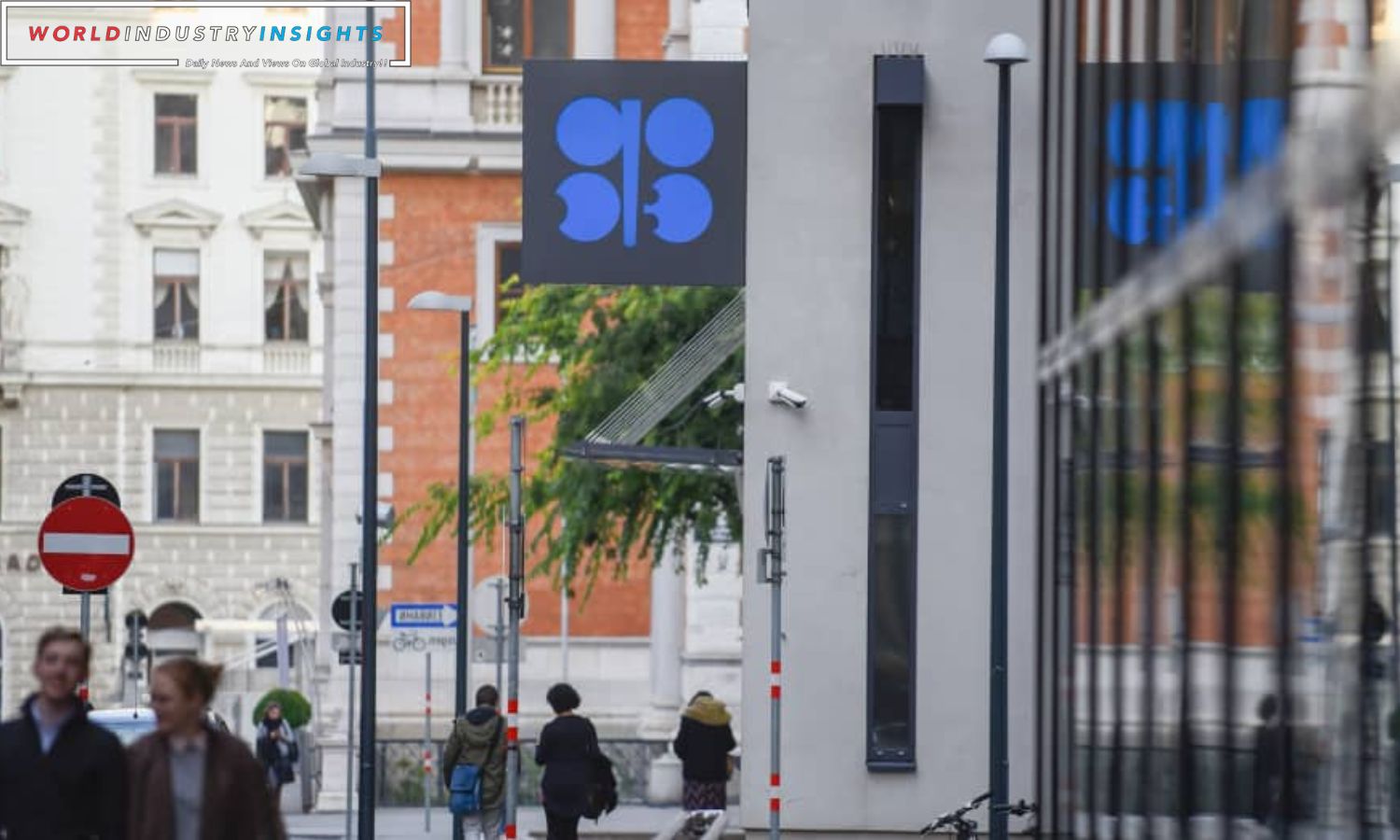Oil Markets in Flux: Oil prices faced another round of downward pressure, experiencing a decline of over 1% in response to a surprising move by OPEC+ to postpone a ministerial meeting. This unexpected development ignited speculation that the anticipated production cuts might be less substantial than initially forecasted. Brent futures bore the brunt of this shift, dropping by $1.04 to reach $80.92 a barrel, following a significant 4% slide in the previous trading session. Concurrently, U.S. West Texas Intermediate crude experienced a dip of 90 cents, settling at $76.20, after a notable 5% decrease in the preceding session.
The market’s response to these developments is noteworthy, with trade expected to remain subdued due to the Thanksgiving holiday in the United States. The Organization of the Petroleum Exporting Countries (OPEC) and its allies, including Russia, opted to delay a crucial ministerial meeting until November 30. This meeting was originally slated for November 26 and was poised to address discussions on oil output cuts.
The decision to defer the meeting stems from challenges faced by producers in reaching a consensus on output levels and potential reductions. OPEC+ sources cited difficulties in negotiations, and while three OPEC+ sources suggested a link to African countries, which are comparatively smaller producers in the group, this served to somewhat allay investor concerns.
Angola, Congo, and Nigeria have reportedly been at the forefront of seeking to elevate their 2024 supply quotas beyond the provisional levels agreed upon at the OPEC+ meeting in June. Analysts suggest that the intricate dynamics at play involve OPEC‘s balancing act during the June meeting, where an increase in the United Arab Emirates’ quota was offset by reducing the targets for African nations that were underperforming relative to their required production numbers.
Helima Croft, an analyst at RBC Capital Markets, explained in a client note that Angola and Congo have fallen short of their 2024 production targets, while Nigeria has managed to surpass its target due to improving security conditions in the oil-rich Niger Delta. However, bridging the gap with Angola could prove challenging, given its historical disposition within the producer group since joining in 2007.
Also Read: Oil Markets on Thanksgiving Watch: OPEC+ Drama and U.S. Inventories in the Spotlight
The potential for discord among OPEC+ members over supply-related decisions is expected to increase market volatility over the coming week, according to analysts at ING Bank.
Amidst these deliberations, U.S. crude stocks witnessed a substantial surge, jumping by 8.7 million barrels last weekfar surpassing the anticipated 1.16-million build forecasted by analysts. This unexpected increase adds another layer of complexity to the global oil market, impacting sentiment and contributing to the prevailing uncertainties.
In a parallel development, U.S. oil rigs remained unchanged at 500 in the week leading up to November 22, as reported by energy services firm Baker Hughes. The stability in the number of rigs suggests a cautious approach within the U.S. oil industry amid the evolving global energy landscape.
Adding to the intricacies, an underwater pipeline leak led to the shutdown of approximately 3% of crude oil production in the Gulf of Mexico, equivalent to around 61,165 barrels of daily output, as revealed by the U.S. Coast Guard on Wednesday.
The confluence of factorsranging from OPEC+ dynamics to unexpected U.S. inventory surges and regional production disruptionsunderscores the inherent complexities and uncertainties within the oil markets. As geopolitical considerations and supply-related challenges continue to influence oil prices, market participants are navigating a landscape marked by intricate negotiations and shifting dynamics. The outcome of these deliberations will likely reverberate through global energy markets, shaping the trajectory of oil prices in the near term.
Our Reader’s Queries
Who are the competitors of OPEC?
OPEC faces stiff competition from non-OPEC countries like Canada, the U.S., Norway, Mexico, Brazil, and more, as it strives to maintain its market share. Without control over the market, OPEC must work hard to stay ahead of the game.
In November 2023, OPEC’s crude oil output made up 27.4% of the overall market, a decrease from the 32-33% it held in 2017-2018. This information comes from the monthly reports released by the group.
What is the difference between OPEC and non-OPEC?
Non-OPEC oil producers refer to countries that produce crude oil but are not part of the OPEC group or shale oil producers. Surprisingly, some of the leading oil-producing nations fall under this category. The United States of America, for instance, tops the list, followed by Canada and China.
How did the shortage of oil from OPEC nations affect the United States?
Consumers were hit hard when the cost of oil per barrel doubled and then quadrupled, causing major economic challenges for entire nations. The timing of the embargo and the devaluation of the dollar made it seem like a global recession was on the horizon. These structural challenges have had a significant impact on the stability of economies worldwide.


